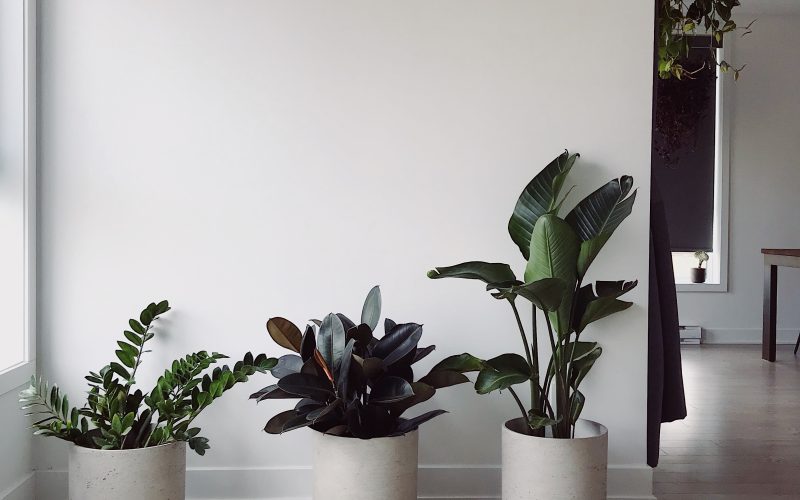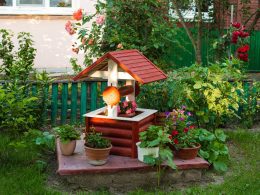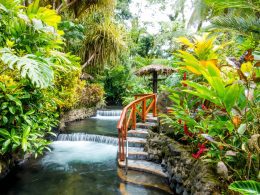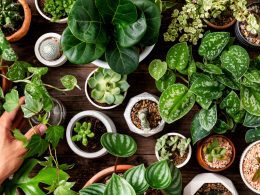Introduction: In an increasingly urbanized world, the natural habitats of birds, bees, and butterflies are shrinking rapidly. However, there is a way for nature enthusiasts to make a significant impact right in their own backyards. By creating a harmonious haven, homeowners can provide a safe and nurturing environment for these essential pollinators, while also enjoying the beauty and tranquility they bring. In this article, we will explore the key elements and techniques to craft an idyllic retreat for birds, bees, and butterflies, fostering biodiversity and supporting the delicate balance of our ecosystem.
- Understanding the Needs of Pollinators: To create an inviting sanctuary for birds, bees, and butterflies, it is crucial to understand their unique requirements. Birds, for instance, need ample food sources, water, shelter, and nesting opportunities. Bees and butterflies, on the other hand, rely heavily on flowering plants for nectar and pollen. By incorporating these essential elements into your backyard design, you can attract and support a diverse range of pollinators.
- Selecting Native Plants: Native plants play a vital role in providing sustenance for local pollinators. These plants have evolved alongside the local wildlife, making them a valuable source of food and shelter. Research the native plant species in your region and choose a variety of flowering plants that bloom throughout the year, ensuring a constant food source for pollinators. Aim for a diverse range of plants, including those with different colors, shapes, and sizes to attract a wide array of species.
- Creating Sheltered Spaces: Birds, bees, and butterflies require sheltered spaces to rest, hide from predators, and protect themselves from extreme weather conditions. Incorporating features like birdhouses, bee hotels, and butterfly houses can provide safe havens for these creatures. Remember to position these structures strategically to mimic natural habitats and ensure they are well-maintained to ensure their effectiveness.
- Providing Water Sources: Just like any living creature, pollinators need water to survive. Create a shallow water source, such as a birdbath or a small pond, with shallow edges to allow easy access for birds and insects. Adding rocks or pebbles to the water feature can provide perches for butterflies and bees. Remember to keep the water source clean and provide fresh water regularly.
- Minimizing Chemical Use: Pesticides and herbicides are detrimental to pollinators and can disrupt the delicate balance of the ecosystem. Instead, opt for organic gardening practices, such as companion planting and natural pest control methods. By reducing or eliminating chemical use, you create a healthier environment for birds, bees, and butterflies to thrive.
Conclusion: Transforming your backyard into a harmonious haven for birds, bees, and butterflies is not only a rewarding endeavor but also an essential contribution to the preservation of our environment. By incorporating native plants, creating sheltered spaces, providing water sources, and adopting organic gardening practices, you can cultivate a vibrant ecosystem that supports the pollinators vital to our food chain. So, roll up your sleeves, embrace nature, and craft your idyllic retreat, becoming a steward of biodiversity in your own backyard.











